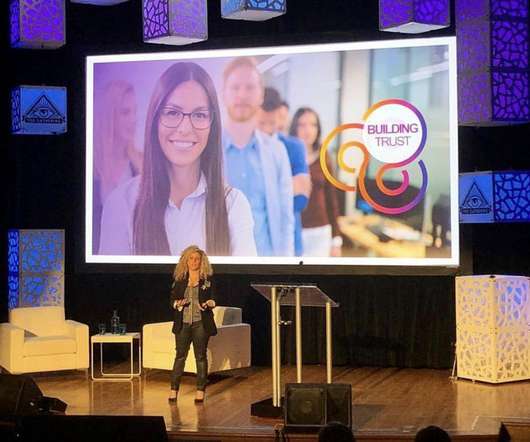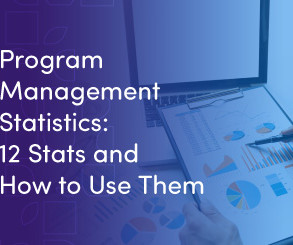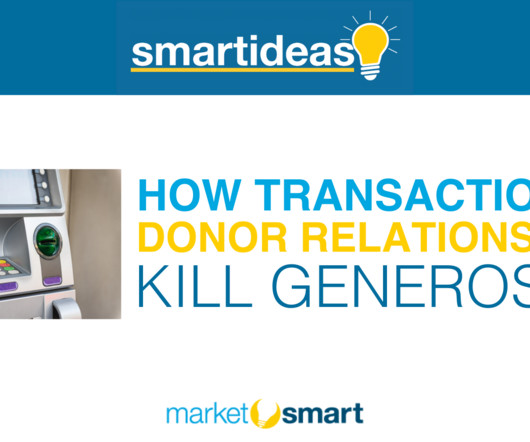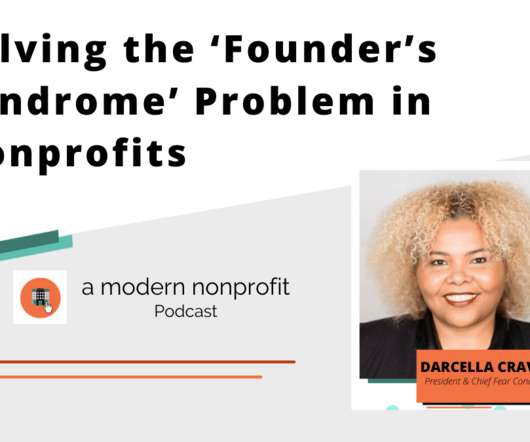Innovating to Address the Systemic Drivers of Health
Stanford Social Innovation Review
NOVEMBER 8, 2023
Historically, the Social Determinants of Health (SDoH) has been used as a term to capture these important upstream, non-medical drivers of health. For example, a solution to help Elisa manage her diabetes might not work in her community because of the cultural or economic barriers that are present.














Let's personalize your content